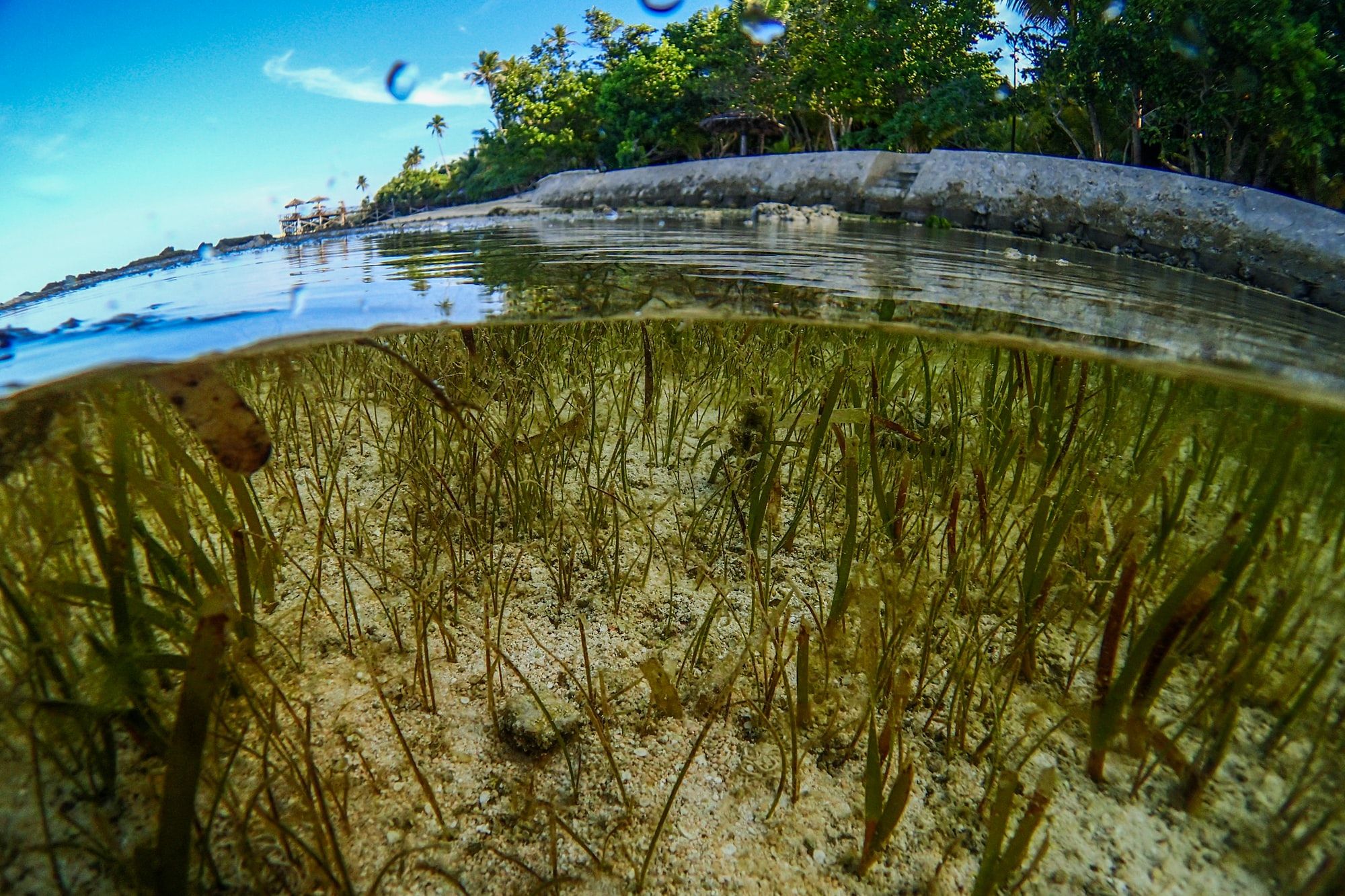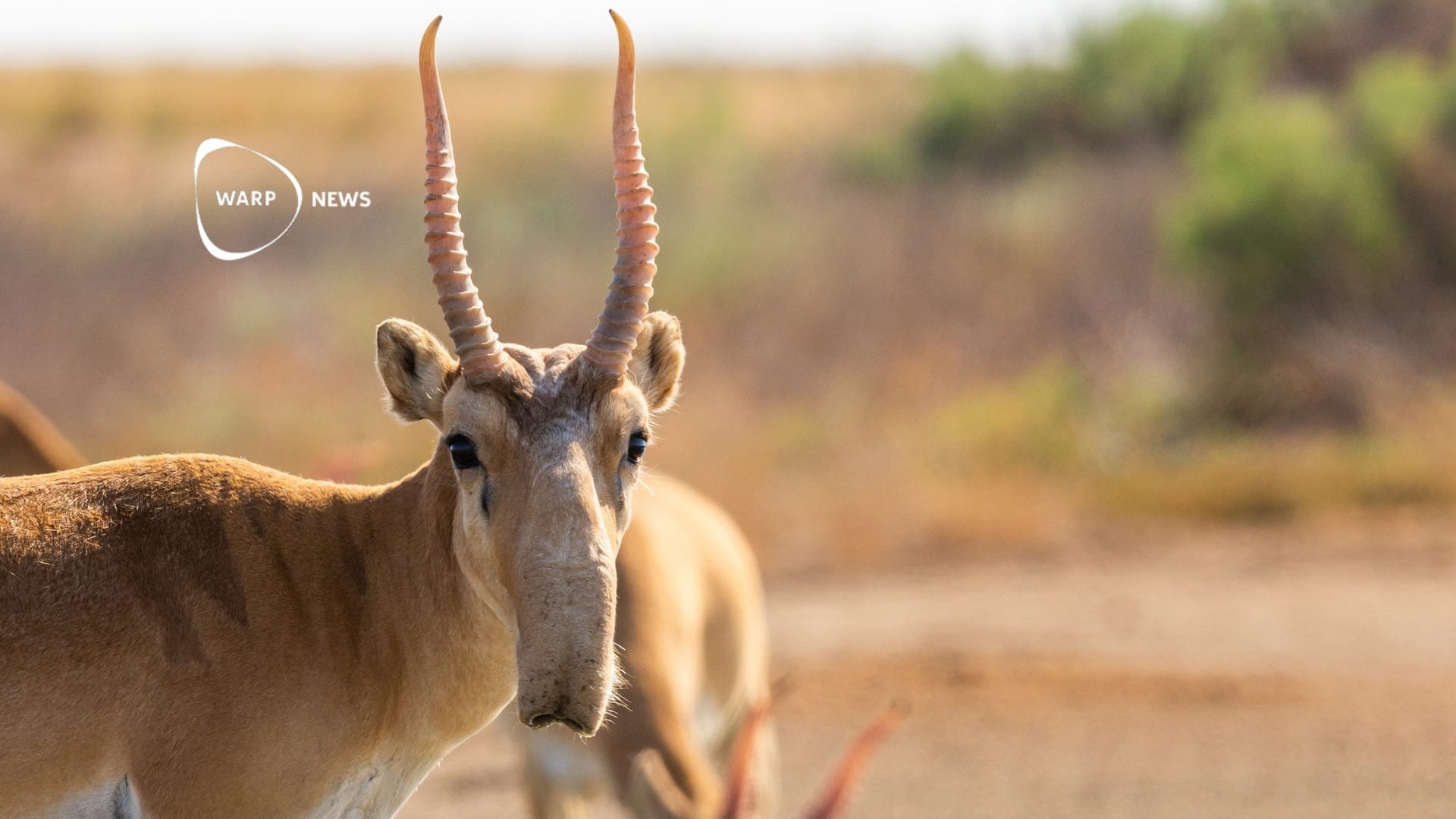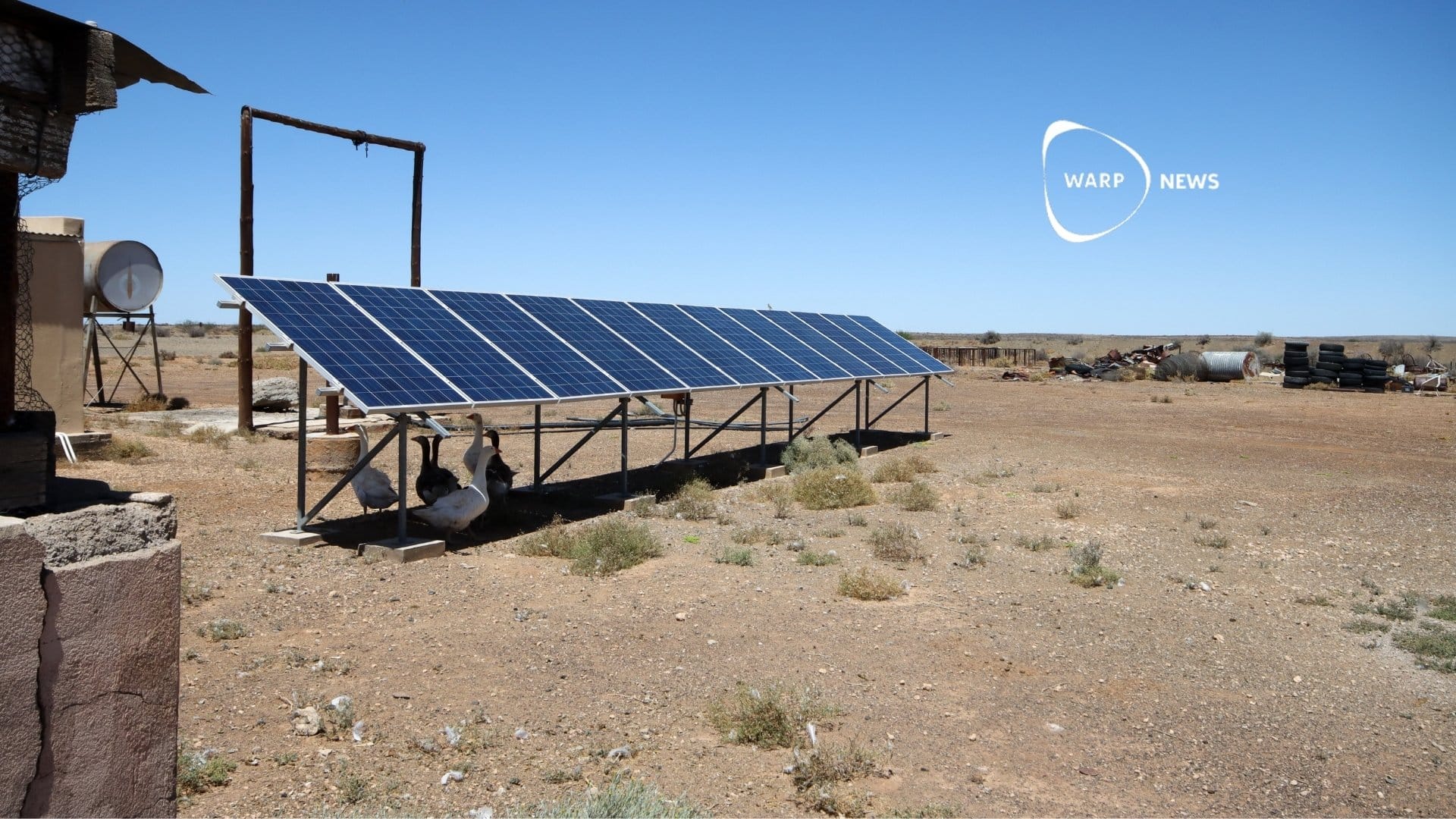
🌊 Replanted seagrass restores the ocean
Virginia’s coastal waters are vibrant and have a healthy ecosystem once again, all thanks to the world’s largest seagrass restoration project.
Share this story!
Karen McGlathery is an environmental science professor at the University of Virginia. When she used to swim in the coastal bays of Virginia’s Eastern Shore, the water quickly turned brown and cloudy due to sediment that swirled up from the ocean floor. Today, 25 years later, the water remains clear.
After almost 20 years of restoration, the sediment is attached to the seafloor by lush green seagrass meadows and is teeming with underwater life. McGlathery says to Reasons To Be Cheerful:
“It’s like this beautiful underwater prairie. It’s just gorgeous.”
She is part of a team that manages the world’s largest and one of the most successful seagrass restoration projects. According to a 2020 research paper published in Science Advances, the two-decades-long restoration project is a “blueprint for restoring and maintaining healthy ecosystems”. As stated in the research paper the project is also proof that marine habitats can bounce back in a way that’s self-sustaining.
The whole restoration project started with Robert Orth, who was a marine biologist at the Virginia Institute of Marine Sciences (VIMS) (until he retired this year). He started planting seagrass seeds back in 2001 in an attempt to see if it was possible to rebuild the ocean ecosystem. The seeds he planted survived and grew into plants that later on produced their own seeds.
“Nature kind of took over,” says Orth. “While we continue to put seeds in areas that don’t have eelgrass, nature has been spreading eelgrass naturally.”
The project team, together with volunteers, has sown almost 75 million seeds over the past two decades. Roughly 9 000 acres of coastal bays are now covered in seagrass, which in turn have improved water quality, increased marine biodiversity, and helped diminish climate change by capturing and storing carbon.
Seagrass is one of the most at-risk ecosystems due to stormwater and rising ocean temperatures among others. Restoration projects like this are helpful in more than one way.
By becoming a premium supporter, you help in the creation and sharing of fact-based optimistic news all over the world.


